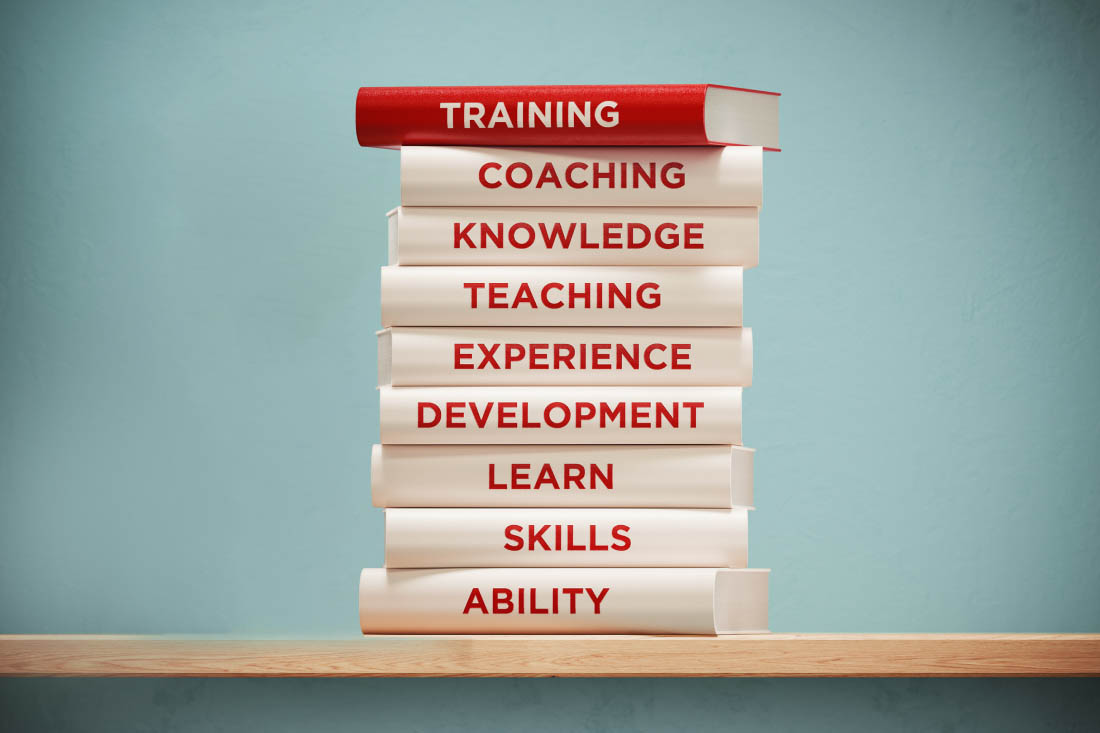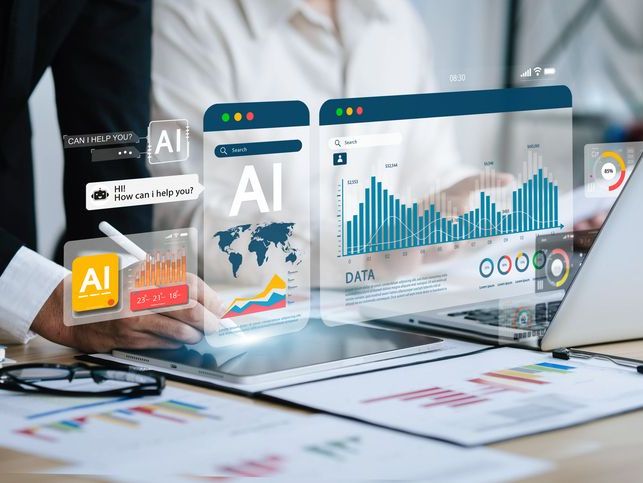Improving productivity — both personally and professionally — isn’t just a nice thought. It’s an essential skill that directly influences how much we make, what we achieve and where we’ll go next. And as a business strategy, it’s crucial.
But how do you actually increase workplace productivity in measurable, meaningful ways? The answer lies in training.
Why is workplace productivity training important?
Staying productive at work seems like it should be intuitive. But for many teams and managers, it’s anything but. Some people work from home, others report to the office and distractions pop up everywhere. Even a few Slack notifications derail the most dedicated, heads-down team member.
Productivity training levels the playing field by giving everyone the same foundation. It helps set the tone for your entire work environment, ensuring everyone understands expectations — and how to meet them. It also equips people with the time management skills they need to prioritize tasks, meet deadlines and produce high-quality work.
With 50% of executives saying lowered productivity hurts business, training is a must. And the results speak for themselves. Organizations with structured productivity programs experience fewer engagement issues, higher employee satisfaction levels and greater accountability.
Benefits of workplace productivity training
Workplace productivity training delivers real results across your organization. The right program empowers employees to:
- Manage time: Effective training teaches people how to prioritize tasks, set realistic deadlines and keep projects running smoothly. Better time management means less stress and more accomplished goals.
- Stay focused: Training helps employees develop strategies to maintain concentration and get more done, faster. When people learn techniques to manage interruptions and stay on task, quality work happens faster.
- Enhance customer satisfaction: Productive employees deliver better customer service. They solve problems more efficiently, understand customer needs more deeply and create positive experiences that keep clients coming back.
- Boost team morale: Investing in your employees’ growth shows you care about their success. As people develop new skills and expand their capabilities, engagement naturally follows — along with fresh ideas and innovation.
- Strengthen collaboration: When everyone learns better communication and problem-solving techniques, teamwork improves. Groups become more cohesive, relationships strengthen and people feel more empowered to contribute.
Key components of effective workplace productivity training
To maximize the benefits of productivity training, you need a program that’s practical and adaptable. These four essential elements work for companies of all sizes, across various industries.
1. Teach people how to protect focus time
First and foremost, your productivity training should include frameworks for minimizing distractions and reclaiming focused work blocks. Why? Because most employees face a barrage of notifications, meetings and digital distractions daily. The cost of this context-switching is real — but preventable. Teach employees how to set aside dedicated “deep work” periods and limit unnecessary meetings, and let them know it’s OK to silence nonessential notifications when they need to stay focused.
2. Provide a framework for time and task management
Managing time well is a skill. Without it, even the most capable employees risk losing hours to low-priority work or last-minute fire drills. Show teams how to plan their days around high-impact tasks, break large projects into smaller milestones and build in buffer time for the unexpected. These tips may sound intuitive, but they often get lost in a sea of constant pings and priorities. For this reason, it’s important to help people build routines based on priorities. Show employees how to group similar tasks and reserve certain hours for specific types of work. These habits are especially valuable in hybrid environments, where schedules quickly lose shape.
3. Help managers understand the importance of balanced workloads
When employees are overworked and burned out, it’s impossible to meet deadlines or perform at a high level. But too often, employees don’t ask for help when they need it — whether they’re afraid of looking weak or simply don’t know it’s an option. Make sure your productivity training includes a component to help managers spot early signs of overwork, such as long hours without breaks or a steady decline in focus time. These are signs it’s time to fix unbalanced workloads before they escalate into bigger problems.
4. Offer ongoing guidance for new tools and features
The right technology turns good productivity habits into lasting results. Show employees how to use project management software, automation features and other tools to reduce repetitive work. This portion of your training should focus on methods for eliminating duplicate effort, streamlining workflows and freeing up time for more strategic thinking. Treat it as an ongoing productivity course, rather than a one-off session, with regular training on emerging tools and best practices. The ongoing support helps employees stay confident, adaptable and ready to work smarter as technology evolves.
Power your productivity training with ActivTrak
Workplace productivity training works best when it’s backed by real data. That’s why more than 9,500 organizations rely on ActivTrak’s productivity reports for real-time insights on workload balance, burnout risk, technology usage and more. They provide the clarity you need to see how work is happening — and what needs to change.
Want to ensure your training delivers measurable results? Request a demo to see how ActivTrak helps reveal the exact training needs of your unique workforce.





